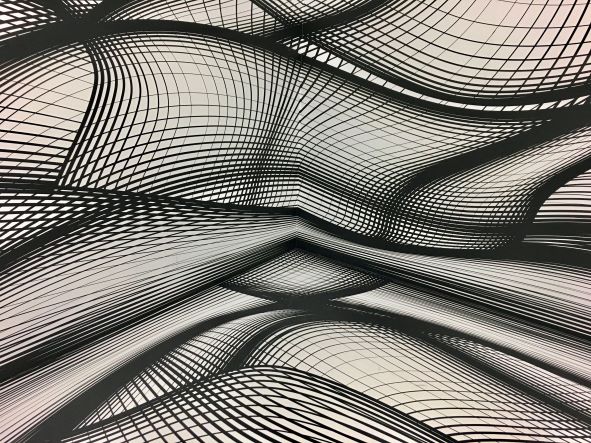Five success factors for supply chain design
29th September 2022

The right supply chain design is becoming a crucial competitive advantage for companies around the globe, writes Ralf Duester, board member of SCM software provider Setlog.
“Form follows function”: anyone who is into architecture knows the principle which was preached by the so-called German Bauhaus representatives at the beginning of the 20th century. Even better than in architecture, the influence of “form follows function” can be seen in the products developed at the Bauhaus. The use of new materials and technologies opened completely new perspectives in the development of everyday objects – not least from an economic point of view. This is just as true for chairs as it is for desk lamps.
What does lamp design have to do with the design of modern supply chains? To put it bluntly, you could say that the Bauhaus principle figuratively sets the tone for the design of value chains. Why? Because, on one hand, customer demands are increasing – for example, in quick commerce, deliveries are already specified in minutes. On the other hand, the challenges in SCM are increasing because supply chain interruptions are threatening companies more and more often. Accidents, climate change, pandemics and political crises are just some of the many causes.
Supply chain design is the basis for strategic supply chain planning. Proper design thus becomes a key competitive advantage for companies. Managers must therefore provide their teams with robust mechanisms and modern technologies to help them manage supply chain complexity. Tools include scenario planning, cross-functional communication and AI-supported decision-making.
Five factors will play a key role in shaping supply chains in the future:
Aligning the supply chain with the customer: Companies’ focus on what customers want is now more important than ever. Amazon & Co. have led the way. The dilemma: in meeting customer demands, both the timely availability of goods and logistics costs need to be taken into consideration. To find optimal solutions, a customer-centric supply chain must be data-driven.
The end-to-end optimisation of global networks: International supply chains that span across multiple channels and serve different markets are extremely complex. It is no longer possible to manually turn screws. The usage of simulations and machine learning methods supports the optimisation of global networks.
The sustainable design of supply chains: For most companies, sustainability is now a high priority – which is why supply chains are moving more into the focus of management. Sustainable supply chain design is not an option, but an obligation. However, costs cannot be ignored in the decision making either. That’s why modern methods and digital tools need to be used to assess the economic, social and environmental costs of supply chains.
Designing the supply chain against the backdrop of risk: whether it’s Fukushima, Covid or the war in Ukraine, supply chain disruptions and uncertainties cannot be prevented. Therefore, new methods for integrating risk and resilience need to be used in supply chain design. Scenario planning is a tool to forge resilient chains. Risks need to be played out at different stages. And models must be developed that enable the highest performance and return on investment (ROI) across a range of scenarios.
The use of software to create transparency: whether inbound logistics, supplier management or CSR: data silos within a company will only be broken down if all departments communicate in a shared tool to which external supply chain partners are also connected – sub-sub-suppliers as well as procurement agencies, technicians, laboratories, or freight forwarders, for example. This is the only way to achieve transparency in the supply chain. Any disruption in the material flow can then be communicated to all players in real time.

